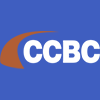Community College of Beaver County is a public community college located in Beaver County, Pennsylvania. Here is a detailed introduction to the college:
History of the school
The college was founded in 1966 and was originally located in Freetown, Pennsylvania, renting floors of the Freetown National Bank building and 17 vacant storefronts for classrooms and offices. In 1971, the college moved to Center Township, Beaver County, and established its own campus. In 1976, the college added a building called the "Gold Dome", a geodesic recreational facility that serves as a venue for the athletic department and hosts local community events, becoming the most recognizable symbol of the college. In 1990, the college built an aviation building in Chippewa Township, Beaver County, to carry out its aviation program. In 1997, a new library was built to serve the Beaver County community.
School size
Number of students: The college includes approximately 3,600 credit students and more than 3,200 non-credit students from Beaver County and surrounding areas.
Campus environment: The college is located in the suburbs, with a beautiful campus environment, providing students with a relatively quiet and comfortable learning atmosphere.
Academic strength
Professional settings: The college offers 50 degree and certificate programs in different fields, covering a number of popular majors, such as registered nursing/registered nurses, health and medical administrative services, etc. These majors are closely aligned with market demand, providing students with practical knowledge and skills, which will help them enter related industries smoothly after graduation.
Teaching mode: Small classes are used, with a student-teacher ratio of 15:1. Teachers can pay attention to each student's learning progress, provide personalized guidance and support to students, and help students better master professional knowledge and skills.
Education level: The highest degree awarded by the college is an associate degree. Students can obtain this degree after completing two years of study, and can apply to transfer to a four-year university for further study with this degree.
Open enrollment: The college implements an open enrollment policy. For most courses, students can apply for admission as long as they have a high school diploma or equivalent, and also provide corresponding credit recognition for students with life experience, providing more people with the opportunity to receive higher education.
Campus life
Student organizations: The college has a variety of student organizations and clubs, covering academic, cultural, artistic, sports and other aspects. Students can join the corresponding organizations according to their interests and hobbies to enrich their extracurricular life, expand interpersonal relationships, and improve their comprehensive quality.
Sports activities: The "Golden Top" of the college There is a sports department in the building, which provides students with a wealth of sports facilities and venues. Students can participate in various sports competitions and fitness activities to enhance their physical fitness and cultivate a spirit of teamwork.
Campus facilities: There are modern teaching facilities on campus, including classrooms, laboratories, libraries, etc. Among them, the library has a rich collection of books and also provides electronic resources and learning space, which provides strong support for students' learning and research. In addition, the college is also equipped with living facilities such as restaurants and student lounges to meet students' daily needs.
Tuition and funding
Tuition standards: In the 2020-2021 academic year, the tuition and fees for in-district students are $6,810, the tuition and fees for in-state students are $12,810, and the tuition and fees for out-of-state students are $18,660.
Scholarships and grants: The college provides students with a variety of scholarship and grant opportunities. 56% of undergraduates received grants or scholarship assistance, with an average scholarship or grant amount of $4,104, helping students reduce the tuition burden and successfully complete their studies.
-

Harvard University
-
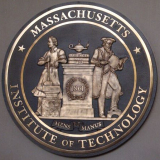
Massachusetts Institute of Technology
-

South University
-

University of West Georgia
-
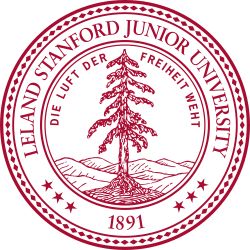
Stanford University
-
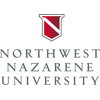
Northwest Nazarene University
-

Hawaii Pacific University
-
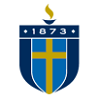
Shorter University
-

Nova Southeastern University
-
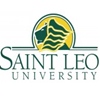
Saint Leo University
-

Mesoamerican University
-

Istmo University
-

Mariano Galvez University of Guatemala
-

Regional University of Guatemala
-

Galileo University
-

Francisco Marroquín University
-

Rafael Landívar University
-

University of the Valley of Guatemala
-

University of San Carlos of Guatemala
-

Technological Institute of Tlaxcala Plateau
-

Golfo University
-

Technological University of South Sonora
-

Technological University of Huejotzingo
-

Tizimín Institute of Technology
-

Chilpancingo Institute of Technology

